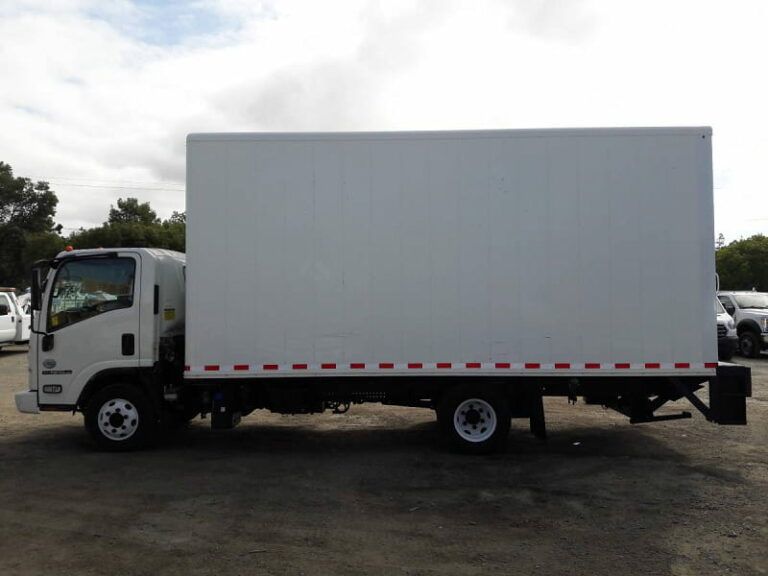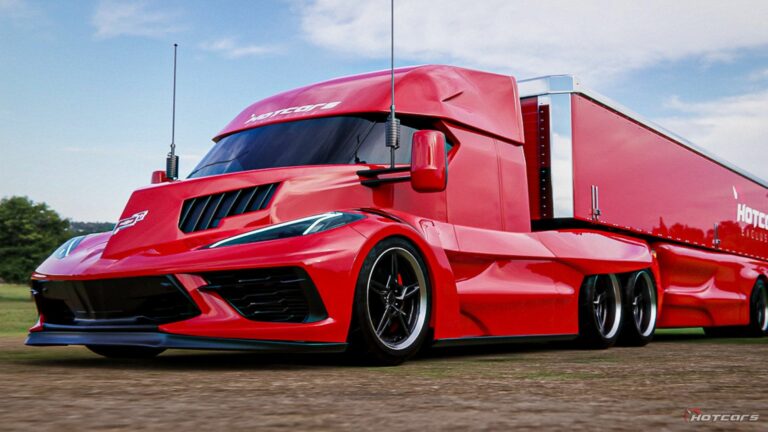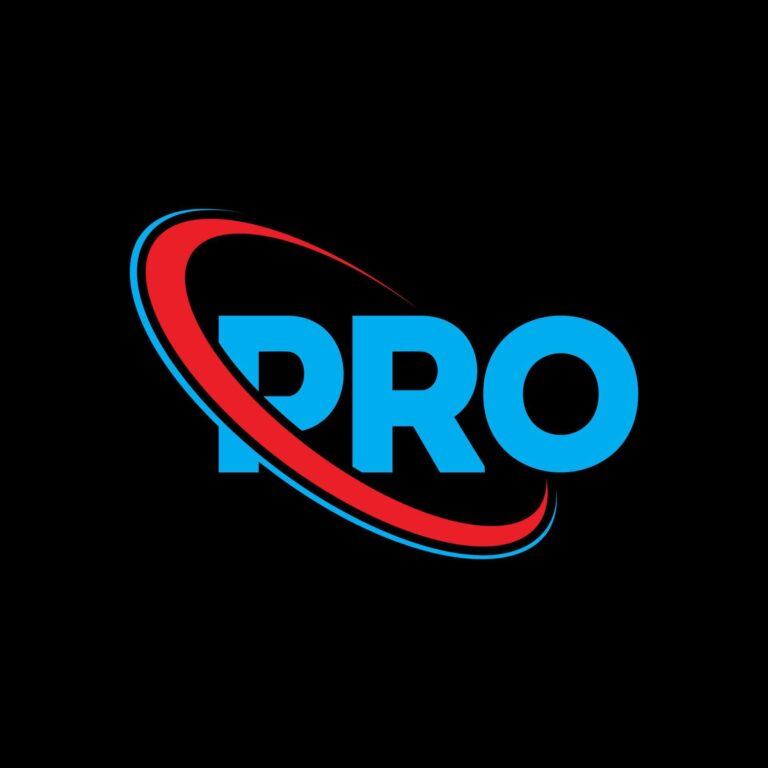1990s Ford Diesel Trucks For Sale: A Timeless Workhorse Reimagined
1990s Ford Diesel Trucks For Sale: A Timeless Workhorse Reimagined cars.truckstrend.com
In an era dominated by sleek designs, complex electronics, and ever-stringent emissions regulations, a segment of the automotive market continues to look back with fondness and intent. We’re talking about the 1990s Ford Diesel Trucks, a lineage of robust, no-nonsense vehicles that have cemented their place in the hearts of enthusiasts, working professionals, and those seeking uncompromised reliability. These trucks, predominantly equipped with the legendary 7.3L Power Stroke diesel engine, represent a golden age of American heavy-duty pickups – a period where mechanical simplicity met immense capability. For sale today, these enduring machines offer a compelling blend of affordability, raw power, and an undeniable charm that modern trucks often struggle to replicate. Whether you’re a seasoned gearhead, a first-time diesel owner, or simply in need of a dependable tow rig, understanding what makes these 90s Ford diesels so special, and what to look for, is key to making a wise investment.
The Heart of the Beast: The 7.3L Power Stroke Diesel
1990s Ford Diesel Trucks For Sale: A Timeless Workhorse Reimagined
At the core of nearly every sought-after 1990s Ford diesel truck is the iconic 7.3-liter Power Stroke engine. Developed in collaboration with Navistar International, this V8 turbocharged direct injection diesel unit was introduced in late 1994 (often referred to as 1994.5 models) and ran production until mid-2003. It quickly earned a reputation for its incredible durability, impressive torque, and relative simplicity compared to its successors.
Unlike later diesel engines bogged down by complex emissions equipment, the 7.3L Power Stroke is a pre-emissions workhorse. It utilizes a Hydraulic Electric Unit Injector (HEUI) fuel system, which uses engine oil pressure to atomize and inject fuel directly into the cylinders. This system, while unique, contributes to the engine’s reliability and distinctive sound. Owners praise the 7.3L for its longevity, with many examples easily exceeding 300,000 to 500,000 miles, and some even reaching the million-mile mark with proper maintenance. Its robust cast-iron block, gear-driven camshaft, and straightforward design make it relatively easy to diagnose and repair for those with mechanical aptitude, further enhancing its appeal in the used market. Common minor issues, such as the cam position sensor (CPS), exhaust back pressure valve (EBPV), or oil leaks from the HPOP (High Pressure Oil Pump) lines, are well-documented and easily remedied, thanks to a vast aftermarket support network.
Models and Trims: Navigating the F-Series Lineup (1992-1997/98)
The 1990s Ford diesel trucks primarily fall under the F-Series designation, specifically the F-250 and F-350 models, which received the 7.3L Power Stroke. The F-150 rarely came with a diesel option during this period, focusing more on gasoline engines. The specific body style for these trucks from 1992 to 1997 (and early 1998 for some F-250/F-350 Heavy Duty models) is affectionately known as the "OBS" (Old Body Style) by enthusiasts, before the introduction of the "Super Duty" line in 1999.
- F-250: Available in both Light Duty (often confused with F-150 due to similar styling) and Heavy Duty configurations. The Heavy Duty F-250 is the one most commonly found with the 7.3L Power Stroke, featuring a larger frame, heavier axles, and often 8-lug wheels.
- F-350: The true heavy-hitter, available in single rear wheel (SRW) and dual rear wheel (DRW, or "dually") configurations. The F-350 offers superior towing and hauling capacities, making it ideal for commercial use or serious recreational towing.

Cab Configurations:
- Regular Cab: A single row of seats, ideal for work trucks or those who don’t need extra passenger space.
- SuperCab (Extended Cab): Offers a small rear seating area with jump seats, often with rear-hinged doors for easier access (later models).
- Crew Cab: Features four full-sized doors and a spacious rear bench seat, making it a popular choice for families or those needing to transport multiple passengers comfortably.

Transmission Options:
Ford offered both automatic and manual transmission choices with the 7.3L Power Stroke.
- E4OD / 4R100 (Automatic): The most common automatic transmission. While reliable when maintained, it can be prone to issues if neglected or subjected to excessive towing without proper cooling. Aftermarket upgrades significantly improve their durability.
- ZF5 / ZF6 (Manual): ZF S5-42 or S5-47 (5-speed) and later ZF S6-650 (6-speed, primarily in 1999+ Super Duty but some late ’97/’98 OBS may have it). These manual transmissions are known for their extreme durability and preferred by many for heavy towing and more direct control.

Trim levels ranged from the basic XL (vinyl seats, manual windows) to the mid-range XLT (cloth seats, power accessories) and the more luxurious Lariat (leather, power seats, upgraded sound systems).
Why Buy a 1990s Ford Diesel Today? Benefits and Advantages
The enduring popularity of 90s Ford diesel trucks isn’t just about nostalgia; it’s rooted in tangible benefits that make them a smart choice for many buyers:
- Unmatched Durability and Longevity: The 7.3L Power Stroke is arguably one of the most reliable diesel engines ever built for light-duty trucks. They are designed to last hundreds of thousands of miles.
- Simplicity and Maintainability: With fewer complex electronic sensors and emission systems, these trucks are easier to diagnose and repair. Many maintenance tasks can be performed by a DIY enthusiast, saving on labor costs.
- Pre-Emissions Era Advantages: No Diesel Particulate Filter (DPF), no Diesel Exhaust Fluid (DEF), and simpler exhaust systems mean fewer potential failure points and lower operating costs compared to modern diesels.
- Cost-Effectiveness: The initial purchase price is significantly lower than new or even late-model used diesel trucks, offering incredible value for money. Parts are also generally more affordable and widely available.
- Robust Towing and Hauling: Despite their age, these trucks are still incredibly capable workhorses, easily handling substantial trailers and heavy loads for most recreational and commercial needs.
- Strong Aftermarket Support: The 7.3L Power Stroke has a massive aftermarket community, offering everything from routine maintenance parts to performance upgrades, suspension lifts, and aesthetic enhancements.
- Growing Collector Appeal: Clean, well-maintained OBS trucks are starting to appreciate in value, making them a potential investment for those who cherish classic American trucks.
What to Look For: A Comprehensive Buyer’s Guide
Purchasing a 30-year-old truck requires diligence. Here’s what to inspect when considering a 1990s Ford diesel for sale:
- Rust: This is often the biggest killer. Check the frame thoroughly, cab corners, wheel wells, rocker panels, and bed supports. Pay close attention to the bottom of the doors and tailgate.
- Engine Health (7.3L Power Stroke):
- Cold Start: Listen for smooth firing, minimal smoke (a little white/blue is normal on a very cold start, but it should clear quickly).
- Smoke: Black smoke under acceleration is usually fine (fueling), but excessive white (coolant/unburnt fuel) or blue (oil) smoke indicates problems.
- Leaks: Check for oil leaks (especially around the HPOP, valley, and turbo pedestal), fuel leaks, and coolant leaks.
- Listen: Any abnormal knocking, ticking, or grinding sounds.
- Fluid Checks: Oil should not smell burnt or have coolant/fuel mixed in. Coolant should be clean and not oily.
- Transmission:
- Automatic (E4OD/4R100): Check fluid level and condition (should be red/pink, not dark brown or burnt smelling). Test all gears, including reverse. Look for smooth, firm shifts without slipping.
- Manual (ZF5/ZF6): Check clutch engagement, listen for grinding during shifts, and ensure it stays in gear.
- Suspension and Steering: Check for excessive play in the steering wheel, listen for clunks or squeaks over bumps, and inspect ball joints, tie rods, and bushings for wear.
- Brakes: Ensure the pedal feels firm, and the truck stops straight without pulling. Check for worn rotors or pads.
- Electrical System: Test all lights, gauges, power windows, locks, and the HVAC system.
- Interior Condition: Evaluate the seats, dashboard, headliner, and door panels. While minor wear is expected, excessive damage can indicate neglect.
- Maintenance Records: This is gold. A stack of service records indicates a well-cared-for truck and provides insight into its history.
- Test Drive: The ultimate test. Drive the truck at various speeds, on different road types, and under light and heavy acceleration. Listen, feel, and observe everything.
Potential Challenges and Solutions
While the benefits are compelling, be aware of potential challenges when owning an older diesel truck:
- Age-Related Wear: Components like rubber hoses, seals, bushings, and electrical connectors degrade over time. Expect to replace common wear items.
- Fuel Economy: While good for its class, a 7.3L Power Stroke won’t match the MPG of a modern light-duty gasoline truck. Expect 12-18 MPG depending on configuration, driving style, and modifications.
- Comfort and Refinement: These trucks offer a more utilitarian ride than modern vehicles. Road noise, ride quality, and interior amenities are basic by today’s standards.
- Finding a Good Example: Many 90s trucks have been used hard or neglected. Patience and a thorough inspection are crucial to finding a gem.
- Emissions Laws: Be aware of your local emissions testing requirements. While pre-emissions, some areas have visual inspections or smoke tests that could pose an issue for heavily modified trucks.
Tips for Owning and Maintaining Your 7.3L Power Stroke
Once you’ve found your 90s Ford diesel, proper maintenance is key to its longevity:
- Regular Oil Changes: Use high-quality synthetic 15W-40 or 5W-40 diesel-specific oil. The HEUI system relies on clean oil.
- Fuel Filter Changes: Change regularly (every 10,000-15,000 miles or sooner) to protect the injectors.
- Coolant System Maintenance: Flush and refill with the correct ELC (Extended Life Coolant) or conventional heavy-duty diesel coolant with SCA (Supplemental Coolant Additives).
- Transmission Service: Regular fluid and filter changes for automatics are critical.
- Monitor Gauges: Keep an eye on oil pressure, coolant temperature, and for modified trucks, exhaust gas temperature (EGT).
- Address Issues Promptly: Small leaks or minor issues can quickly escalate if ignored.
- Join the Community: Online forums (e.g., Ford-Trucks.com, PowerStroke.org) and Facebook groups dedicated to the 7.3L Power Stroke are invaluable resources for advice, troubleshooting, and parts sourcing.
1990s Ford Diesel Truck Estimated Price Guide
Please note: These prices are highly variable based on condition, mileage, modifications, region, 2WD/4WD, and specific year (1994.5-1997/98 OBS vs. 1999-2003 Super Duty). This table provides a general estimated range for 7.3L Power Stroke equipped trucks.
| Model / Configuration | Cab Type | Condition: Poor/Project | Condition: Fair/Driver | Condition: Good | Condition: Excellent/Restored |
|---|---|---|---|---|---|
| F-250 (7.3L Power Stroke) | Regular Cab | $2,000 – $5,000 | $5,000 – $9,000 | $9,000 – $15,000 | $15,000 – $25,000+ |
| SuperCab | $2,500 – $5,500 | $5,500 – $10,000 | $10,000 – $16,000 | $16,000 – $28,000+ | |
| Crew Cab | $3,000 – $6,500 | $6,500 – $12,000 | $12,000 – $18,000 | $18,000 – $30,000+ | |
| F-350 SRW (7.3L Power Stroke) | Regular Cab | $2,500 – $5,500 | $5,500 – $10,000 | $10,000 – $16,000 | $16,000 – $28,000+ |
| SuperCab | $3,000 – $6,000 | $6,000 – $11,000 | $11,000 – $17,000 | $17,000 – $30,000+ | |
| Crew Cab | $3,500 – $7,000 | $7,000 – $13,000 | $13,000 – $20,000 | $20,000 – $35,000+ | |
| F-350 Dually (7.3L Power Stroke) | Regular Cab | $3,000 – $6,000 | $6,000 – $11,000 | $11,000 – $18,000 | $18,000 – $30,000+ |
| Crew Cab | $4,000 – $8,000 | $8,000 – $15,000 | $15,000 – $25,000 | $25,000 – $40,000+ |
- Poor/Project: Significant mechanical issues, heavy rust, non-running, requires substantial work.
- Fair/Driver: Runs and drives, but has notable mechanical or cosmetic flaws, suitable for daily driving with some immediate attention.
- Good: Mechanically sound, minor cosmetic flaws, well-maintained, ready for daily use.
- Excellent/Restored: Near-perfect condition, low mileage for its age, meticulous maintenance records, or recently restored.
Frequently Asked Questions (FAQ) About 1990s Ford Diesel Trucks
Q: What specific years of Ford trucks had the 7.3L Power Stroke diesel engine?
A: The 7.3L Power Stroke diesel was available in Ford F-Series trucks from mid-1994 (often called 1994.5 models) through mid-2003. The 1994.5-1997 (and early 1998) models are known as OBS (Old Body Style), while 1999-2003 models are the first generation Super Duty.
Q: Are 1990s Ford diesel trucks reliable?
A: Yes, the 7.3L Power Stroke engine is widely considered one of the most reliable diesel engines ever produced for light-duty trucks. With proper maintenance, these trucks are known for their exceptional longevity and ability to accumulate high mileage.
Q: What’s the typical fuel economy for a 7.3L Power Stroke?
A: Fuel economy can vary significantly based on the truck’s configuration (2WD/4WD, cab type, gear ratio), driving style, and modifications. Generally, owners report 12-18 miles per gallon (MPG) for an unmodified 7.3L Power Stroke.
Q: Is it expensive to maintain a 1990s Ford diesel truck?
A: Compared to modern diesel trucks, parts for the 7.3L Power Stroke are generally more affordable and widely available. Labor costs can be saved if you’re comfortable performing basic maintenance and repairs yourself, thanks to its simpler design.
Q: Can a 1990s Ford diesel truck be used as a daily driver?
A: Absolutely! Many owners use their 7.3L Power Stroke trucks as daily drivers. While they lack the modern comforts and technological features of newer vehicles, their robust nature and reliability make them perfectly suitable for everyday use, especially if well-maintained.
Q: What are the common issues to watch out for on a 7.3L Power Stroke?
A: Common issues include the Cam Position Sensor (CPS), Exhaust Back Pressure Valve (EBPV) sticking, oil leaks from the High Pressure Oil Pump (HPOP) lines or turbo pedestal, and glow plug system failures (which can cause hard cold starts). All are well-documented and have readily available solutions.
Q: What’s the difference between the OBS and Super Duty 7.3L trucks?
A: OBS refers to the "Old Body Style" F-Series trucks produced from 1992-1997 (with the 7.3L from 1994.5). The Super Duty line was introduced in 1999 (and ran through 2003 for the 7.3L engine), featuring a completely redesigned chassis, body, and interior, offering increased capabilities and more modern amenities. Both use the same fundamental 7.3L Power Stroke engine, though with some minor revisions over the years.
Conclusion
The 1990s Ford diesel trucks, particularly those powered by the legendary 7.3L Power Stroke, stand as a testament to an era when trucks were built for rugged durability and straightforward functionality. Their enduring appeal in the used market is a clear indicator of their value proposition: a potent combination of reliability, raw power, and an honest, unpretentious character. While purchasing an older vehicle always carries inherent risks, a diligent inspection and a commitment to proper maintenance can yield a dependable workhorse or a cherished classic that will continue to serve faithfully for many years to come. For those seeking a truck that embodies the spirit of American engineering from a bygone era, the 90s Ford diesel remains an exceptionally compelling choice, offering a unique driving experience rarely found in today’s sophisticated landscape.






